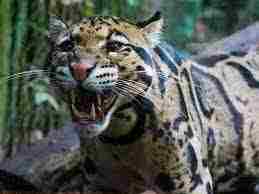In the wild, it’s important for animals to be able to utilize all of their survival skills in order to thrive in their environment. One particularly effective way animals do this is by employing stealth adaptations.
Table of Contents
These adaptations allow them to move inconspicuously and undetected in their habitat, giving them an advantage in both hunting and hiding from predators. Some of the stealthiest animals include those that are able to blend in with their surroundings or limit their movement in a way that allows them to remain undetected.
These adaptations are crucial for these animals to stay on top of their game, and ensure their continued survival in the wild.
Below is the list of The most stealthy animals in the world:
- Owls
- Tarantulas
- Tigers
- Leaf Tail Geckos
- Crocodiles
- Octopuses
- Leopards
- Chameleons
- Jaguars
- Frogfish
- Alligator Snapping Turtles
List of 11 Most Stealthy Animals
Owls
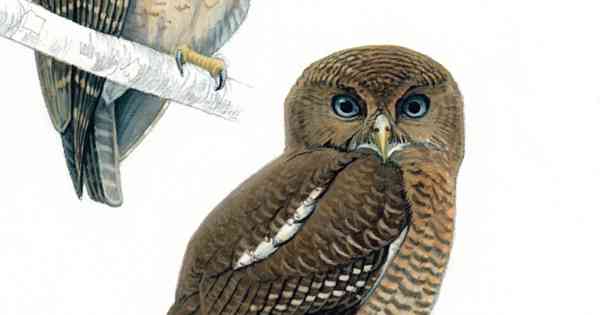
Owls are known for their stealth and hunting abilities. Their feathers are a key asset that allows them to remain almost completely silent during flights and attacks. When they dive for prey, their feathers absorb any sound made, which reduces vibrations and mechanical energy. This conversion causes the feathers to give off heat, creating an almost inaudible flight.
In addition, the unique feather structure keeps the birds out of hearing range, making them virtually silent hunters. The element of surprise plays a significant role in their effectiveness, allowing them to catch prey with ease and accuracy.
Interesting fact: Did you know that owls can turn their necks up to 270 degrees in any direction?
Tarantulas

The tarantula, known for its ability to grow up to five inches in length and have a reach of 12 inches, is a creature that many people fear. However, these creatures are not just scary; they are also incredibly stealthy hunters.
Tarantulas use camouflage to blend into their environment and remain motionless until the perfect moment to pounce on their prey, making them highly effective predators. They crush their prey with their large fangs, immobilizing them before consuming them.
Interesting fact: Although tarantulas may look frightening, they are actually one of the least harmful spiders in the world.
Tigers
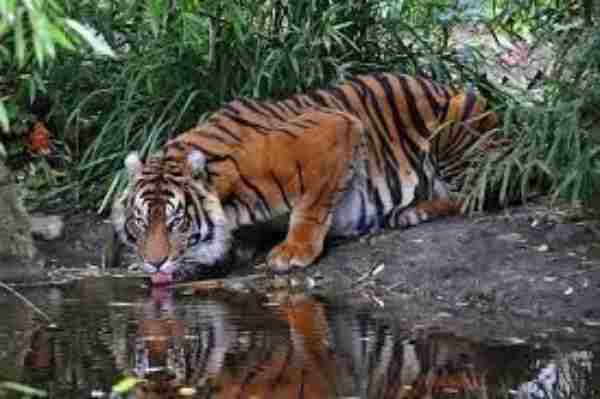
Tigers are without a doubt, one of the most fearless animals on earth. Their position at the top of the food chain means they do not usually have to hide from predators. Interestingly, they use stealth to hunt just like other cats. They are patient hunters, slowly stalking their prey for long periods before they get the perfect opportunity to attack.
Tigers blend well in their habitats and their stripes come in handy in dark forests. This helps them remain unnoticed by prey until they pounce on them. Additionally, their paws are designed to help with stealth hunting by absorbing sounds that are made when they step on the ground. This enables them to stalk and observe their prey quietly. Thus, the tiger’s use of stealth and patience to hunt is an impressive natural skill.
Interesting fact: The patterns on tiger fur are distinct, much like the fingerprints of human beings.
Leaf Tail Geckos
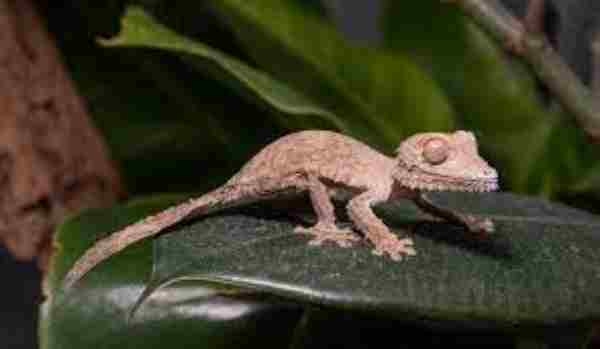
The leaf-tailed gecko is an expert when it comes to blending in with its surroundings. With a tail that mimics a leaf, this gecko is a master of camouflage, making it challenging to spot. Found primarily in trees, it can easily blend in with the foliage or look like a rotten leaf or broken branch.
This natural defence mechanism helps protect the gecko from predators such as birds and other large lizards. At night, the leaf-tailed gecko takes full advantage of the darkness and shadows to hunt small insects such as flies and mosquitoes, making them truly nocturnal hunters.
Interesting fact: Leaf-tailed geckos use their tongues to clean their eyes off any dirt or debris.
Crocodiles
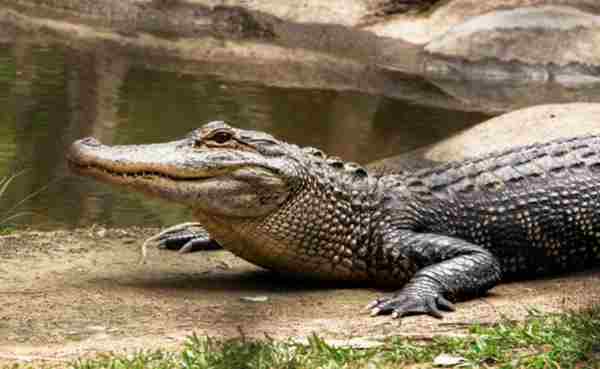
In the wild, few creatures are as cunning as crocodiles. Their ability to hunt and feast without being noticed by their prey is truly remarkable. They blend seamlessly with their surroundings, using every dirty water body to their advantage. Some even take the extra step to cover their bodies with sticks and plants to further disappear from view.
Once they’ve locked onto their target, they disappear into the water, holding their breath for long periods, waiting for their unsuspecting prey to come closer. With expert swimming skills that allow them to move silently, crocs are masters of stealth, giving them the perfect opportunity to strike at just the right moment.
Interesting fact: Fully-grown crocodiles are capable of surviving for over a year without consuming any food.
Octopuses
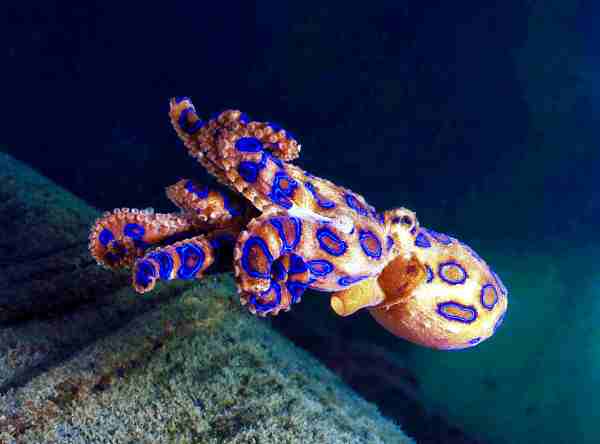
The ocean is home to a variety of cunning animals and the octopus is no exception. These creatures have developed a unique set of skills that make them masters of disguise. In fact, some types of octopuses are known for their ability to blend seamlessly with their surroundings in two ways.
They can either become translucent, allowing light to pass through their bodies, or change colours and patterns to match the environment. This skill is essential for their survival, as it enables them to hunt prey and avoid predators undetected.
Their ability to move stealthily on the ocean floor and pass through narrow spaces gives them a further advantage, making them a force to be reckoned with in the underwater world.
Interesting fact: Octopuses possess a trio of hearts, eight limbs, and blood that is tinted blue!
Leopards
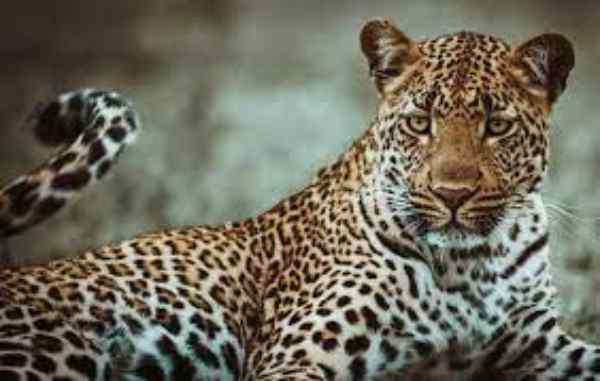
The mysterious leopard is one of the most elusive animals in the wild. Its stealth and cunning ways make it a master of disguise. Blending in perfectly with its surroundings, it’s no surprise that spotting a leopard is a rare occurrence. Their coat, with a unique pattern of spots, allows them to camouflage seamlessly with tall grass and trees.
These solo hunters observe their prey from above, lying in wait for just the right moment to pounce. It’s no wonder why they are so difficult to spot, and why they hold such fascination and intrigue for wildlife enthusiasts.
Interesting fact: When comparing strength to body mass, leopards are deemed to be the mightiest of the big cats!
Chameleons
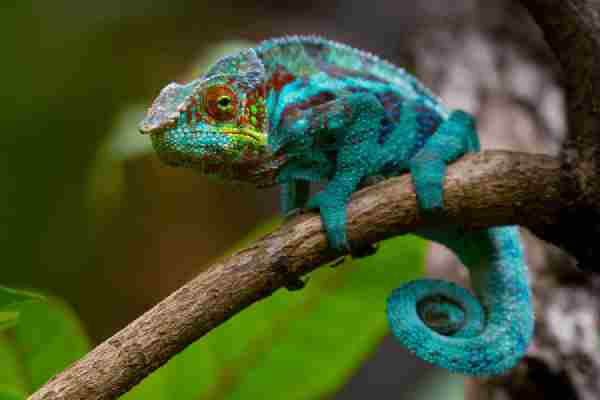
Chameleons are known for their incredible ability to camouflage themselves. While many animals use camouflage to hide from predators, the chameleon takes it to another level. They can change their primary colour at will or adapt to their surroundings, making them one of the best at blending in. It’s fascinating to watch their colour changes happen in under 20 seconds!
This impressive skill not only helps them avoid danger but also allows them to capture prey that may not recognize them when they are camouflaged. Additionally, these colour changes can communicate the chameleon’s mood, whether they are afraid or ready to mate.
Interesting fact: The vision of chameleons encompasses the ability to perceive ultraviolet hues.
Jaguars
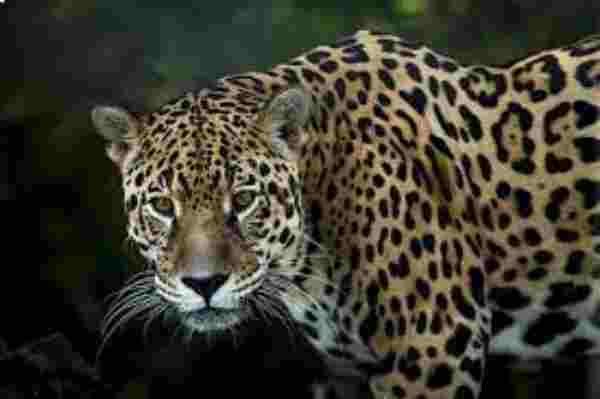
The jaguar, like most cats, is a master of stealth when it comes to hunting. Their ability to remain hidden in the shadows is second to none, and they use this to their advantage to take down prey. It’s almost impossible to spot them in the dark, as they blend in with their surroundings seamlessly.
One of their favourite spots to hunt is in trees, where they can observe the area and pounce on unsuspecting prey. Once they’ve locked on to a target, they’ll stalk it until the perfect opportunity arises to strike. They have a deadly bite that can take down an animal with ease.
But their hunting skills aren’t limited to land. These big cats are also skilled swimmers and can hunt in the water just as effectively as on land.
Interesting fact: After tigers and lions, jaguars rank as the third biggest felines globally.
Frogfish
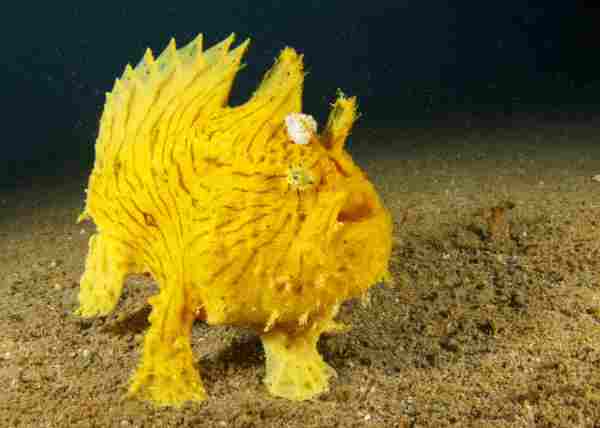
Frogfish may be small, but they are true masters of disguise. These elusive fish can be found in tropical and subtropical regions, and they use their unique adaptations to catch their prey. Their shape, colour, and skin texture allow them to imitate sponges, sea squirts, stones, and corals, making them almost invisible to their prey.
Frogfish lie on the bottom of the sea, waiting patiently for their next meal. Suddenly, in a burst of speed that only takes 6 milliseconds, they strike their prey. Their camouflaging skills are so extraordinary that sometimes their prey crawls over them without ever realizing they are in the presence of their predator.
Interesting fact: Frogfish have the capacity to alter their colouration, but this modification endures for multiple weeks.
Alligator Snapping Turtles
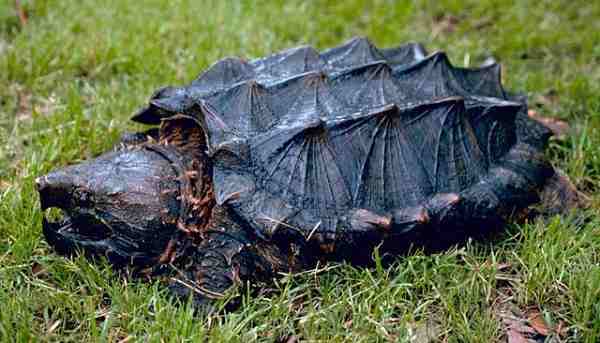
Are you familiar with alligator snapping turtles, the largest freshwater turtles in the New World? These prehistoric-looking creatures are found in rivers and lakes throughout North America and are equipped with some pretty unique adaptations.
While they spend most of their time in the water, they surface only to breathe air. What sets them apart from other aquatic creatures is their reddish tongue that resembles worm flesh, making them an irresistible meal for fish and frogs. Unfortunately for these unsuspecting prey, they end up becoming a meal themselves.
Interesting fact: The lifespan of alligator snapping turtles can extend up to 100 years.
FAQs
What animal is the most stealthy?
The Leopard
What is the most stealth predator?
Snow leopards
What animals are known to be sly?
Foxes
What is the most devious animal?
Octopus
Conclusion
The list of most stealthy animals is quite long, but the above are some of the most common ones that you will come across. Animals use this special feature to ensure their survival by either hiding from predators or hunting prey.
Most of these creatures use sit-and-wait strategies capturing the prey in almost complete silence. Luring, camouflaging, and employing the elements of surprise are the most common strategies of stealthy animals.
Final Words
From the majestic tiger to the sneaky octopus, the list of stealthy animals is both fascinating and extensive. These creatures have evolved various methods of staying hidden, from using their surroundings as camouflage to waiting quietly for unsuspecting prey. Their stealthiness is a key factor in their survival, allowing them to avoid detection by predators or sneak up on unsuspecting prey. With each new discovery of a stealthy animal, we are reminded of just how complex and remarkable nature can be.
Reference:
- https://flexbooks.ck12.org/cbook/ck-12-middle-school-physical-science-flexbook-2.0/section/1.21/related/rwa/sly-as-a-fox/
- https://www.oneearth.org/snow-leopards-ghosts-of-the-mountains/
- https://cnr.ncsu.edu/news/2019/07/big-cats-in-the-backyard-masters-research-reveals-important-finding-about-human-leopard-interactions

Rahul M Suresh
Visiting the Zoo can be an exciting and educational experience for all involved. As a guide, I have the privilege of helping students and visitors alike to appreciate these animals in their natural habitat as well as introducing them to the various aspects of zoo life. I provide detailed information about the individual animals and their habitats, giving visitors an opportunity to understand each one more fully and appreciate them in a more intimate way.

